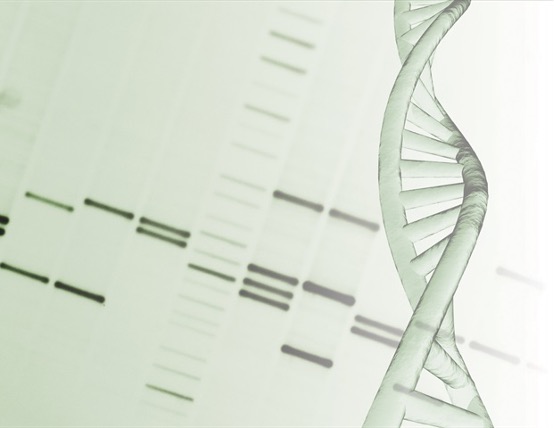New technique enables high-resolution analysis of DNA
August 7, 2023
Source: drugdu
 397
397

Function and form are deeply intertwined in biology. Knowing how organisms grow, adapt and reproduce requires understanding their physical structures. Hence the transformative power of the microscope across the past four centuries of science.
Microscopy, or the field of microscope use, can now reveal the tiniest of structures through techniques such as microcrystal electron diffraction, or MicroED. Instead of passing light through a cell like an optical microscope, MicroED bombards crystalline samples with a stream of electrons to produce detailed information about their atomic configuration.
Brent Nannenga (Associate Professor, Chemical Engineering, Arizona State University) said, "The method was developed to reveal or 'solve' the structure of proteins. Then researchers started applying it to compounds for pharmaceuticals and small organic molecules. However, it had not been demonstrated for nucleic acids, and the scientific community was asking whether it would work for DNA."
Nannenga and colleagues just answered that question. A research team at ASU, working with peers at the University of California, Los Angeles, successfully demonstrated the first use of MicroED to analyze a DNA crystal. The results of their work were published this week in the journal Structure.
Scientists have explored the structure of crystals for decades using beams of X-rays. But X-ray crystallography requires relatively large crystals, and producing these in a laboratory is a complex enough process to represent a bottleneck to the pace of research.
"We are talking about crystals that are dozens or hundreds of microns in size," said Nannenga, noting for comparison that the diameter of a human hair is approximately 70 microns. "But MicroED permits us to work with material measuring just hundreds of nanometers, which is a fraction of a single micron."
As explained in the new paper, MicroED enables work with smaller, easier-to-produce crystals. But even these tiny crystals might be too big for successful application of this technique. Reducing them to an ideal size requires another step.
"It's called cryo-focused ion beam, or cryo-FIB, milling. This instrument uses a beam of gallium ions to mill or whittle away material," said Nannenga. "It could be that crystals are initially a few microns thick, which is very small for X-rays but still too big for electrons. The process cuts them down to an ideal thickness of 200 to 250 nanometers."
So, it's the combination of cryo-FIB milling and MicroED that delivers high-resolution data for the determination of crystal structure. Other recent studies have shown the technique effective for analyzing the structure of biomolecular systems like small protein crystals. But Nannenga and his team are the first demonstrate its potential for nucleic acid structure determination.
Moving forward, this approach offers greater opportunity to understand not only DNA, but also the structure and function of RNA. Such discoveries can support the development of novel nanotechnologies and more effective pharmacological treatments.
Other authors of the Structure paper are Alison Haymaker and Andrey Bardin from Arizona State University as well as Tamir Gonen and Michael Martynowycz from the University of California, Los Angeles.
Reference:
https://www.news-medical.net/news/20230804/New-technique-enables-high-resolution-analysis-of-DNA.aspx
Read more on
- Multiple batches of quadrivalent influenza virus split vaccine have been sub-packaged and submitted for lot release approval; expected to be released to the market soon after approval December 12, 2025
- Ab&B Bio-Tech CO., LTD. JS Lyophilized Human Rabies Vaccine Initiates Phase III Clinical Trials December 12, 2025
- The ‘Sweetest’ HPV Vaccine Market is Gone | Haibin Interview December 12, 2025
- InnoCare Pharma announced that its first independently developed next-generation TRK inhibitor, zoletrazinib, has been approved for marketing in China December 12, 2025
- Is PD-1/VEGF dual antibody + ADC becoming the standard configuration? December 12, 2025
your submission has already been received.
OK
Subscribe
Please enter a valid Email address!
Submit
The most relevant industry news & insight will be sent to you every two weeks.



